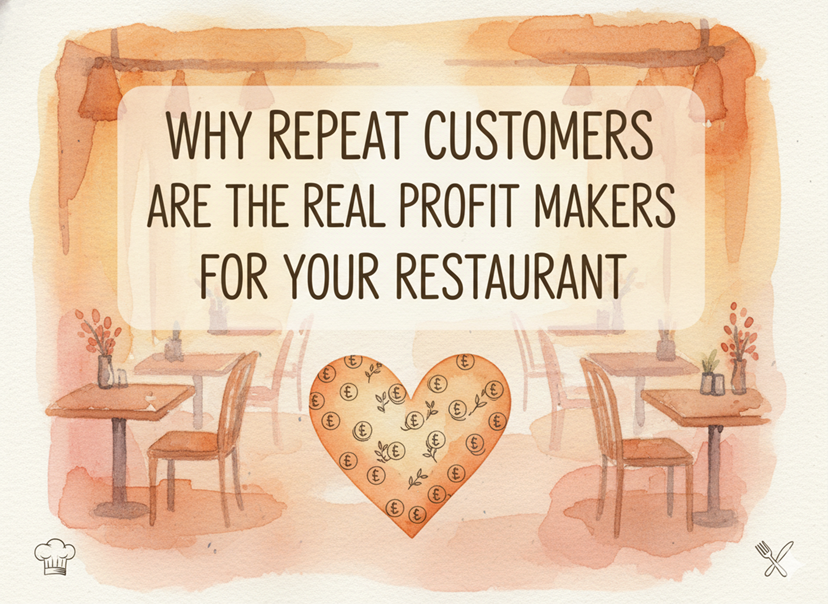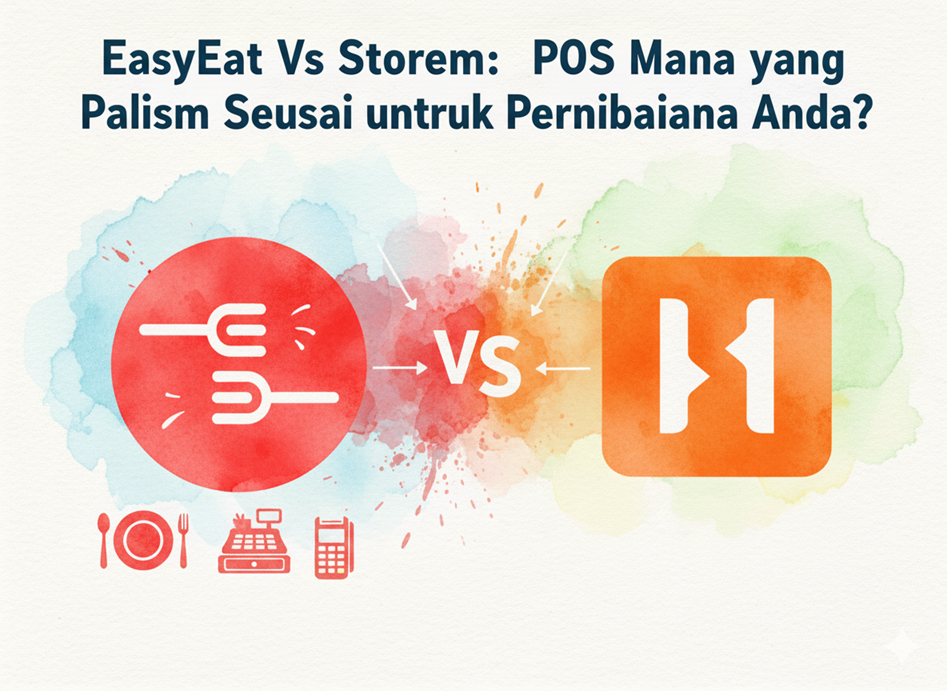Running a restaurant is a constant balancing act. You work hard to keep customers happy, deliver quality food, and manage day-to-day operations. But all too often, the cost of running a restaurant can reduce profits. Overhead costs—the expenses required to keep your restaurant running smoothly can be one of the biggest hurdles in maximizing profits.
So, how can EasyEat help you tackle overhead costs and improve your bottom line? In this post, let’s dive into how EasyEat’s technology can make a real difference in reducing your restaurant’s overhead costs and keeping your business running efficiently.
What Is Overhead Cost in a Restaurant?
Before we jump in, let’s clarify what we mean by overhead costs. Overhead costs are the expenses you need to pay to operate your restaurant but aren’t directly tied to the food you serve. Common examples of overhead costs include rent, utilities, salaries for non-kitchen staff, insurance, and supplies. These costs can add up fast.
The average overhead cost for a restaurant can vary, but most restaurants aim for around 20-35% of their total revenue to be allocated to overhead costs. According to a study by Toast, labor costs alone can make up 30% of a restaurant’s total expenses, while other fixed costs like rent take up around 6-10% of revenue.
How EasyEat Helps Reduce Your Restaurant’s Overhead Costs
EasyEat’s tools are designed to help restaurants streamline operations, cut unnecessary expenses, and improve efficiency. Let’s break down the key ways that EasyEat can help you reduce your overhead costs.
1. Streamlined Ordering System
If you’re still using traditional paper menus or order slips, you know the time and expense they add to your operation. EasyEat offers a QR code-based digital ordering system that allows customers to order and pay directly from their phones. By using EasyEat’s digital menu, you reduce the need for printed menus and order slips, which saves money and eliminates printing costs.
Plus, with EasyEat’s digital ordering, your servers spend less time taking orders and handling payments. This streamlined process can reduce labor costs, as it allows your staff to serve more tables efficiently. A study by Restaurant Dive shows that restaurants using digital ordering systems can see a 20-30% increase in productivity per employee, reducing the need for excess staff during peak hours.
2. Reduced Labor Costs
Labor is one of the biggest overhead costs in a restaurant. EasyEat helps you tackle this by automating many of the tasks that usually require more hands. With an automated order management system, orders go directly from the customer to the kitchen, so there’s no need for servers to re-enter orders or relay information. This reduces the chance of order errors, meaning fewer wasted ingredients and happier customers.
According to the National Restaurant Association, human error in order management can cost a restaurant up to 1-2% of revenue per month. By automating orders, EasyEat eliminates these errors, saving you money over time and ensuring customers get what they ordered.
3. Simplified Inventory Management
Inventory costs are another big part of overhead. Managing inventory manually can be time-consuming and prone to mistakes, leading to food waste or shortages. EasyEat’s POS system includes an inventory tracking feature that helps you monitor stock levels in real-time. You’ll know exactly what ingredients you have, what needs to be ordered, and when.
This precise control over inventory can significantly reduce food waste. According to ReFED, a nonprofit focused on food waste reduction, about 8-10% of food bought by restaurants goes to waste, costing the industry $100 billion annually. With EasyEat, you can keep better track of your inventory, avoid over-ordering, and reduce food waste, leading to lower food costs and a smaller overhead.
4. Optimized Staff Scheduling
Managing staff schedules can be tricky. Too many staff on duty, and you’re paying more in wages than necessary. Too few, and service quality suffers. EasyEat’s analytics features can help you understand peak times and customer traffic patterns, allowing you to optimize staff schedules based on data rather than guesswork.
For example, EasyEat can show you your busiest hours and days, so you can allocate more staff during those times and reduce staffing during quieter periods. A study by Fourth Analytics revealed that data-driven scheduling could reduce labor costs by up to 5%. This approach ensures you’re paying only for the staff you need, ultimately reducing overhead.
5. Lowered Marketing Costs
Marketing is an essential expense for restaurants, but it doesn’t have to break the bank. EasyEat provides built-in customer engagement tools, like loyalty programs and SMS campaigns, that help you promote your restaurant without the need for expensive marketing campaigns.
A loyalty program, for example, encourages repeat visits and increases customer retention. According to Harvard Business Review, increasing customer retention by just 5% can increase profits by 25-95%. With EasyEat, you can keep customers coming back without spending heavily on ads or promotional materials, lowering your marketing overhead.
6. Gain Insights to Make Smarter Decisions
EasyEat’s reporting and analytics give you a clear view of your restaurant’s performance. You’ll be able to see which items sell best, when you’re busiest, and which areas need improvement. These insights can help you make informed decisions that reduce costs.
For instance, if you notice certain dishes aren’t popular, you can remove them from the menu and focus on best-sellers, saving on inventory costs. Or if you see that certain days are slower, you can run promotions on those days to boost sales. With EasyEat’s insights, you can make smarter choices that help control overhead costs.
7. Digital Payments Reduce Cash Handling Costs
Handling cash can be costly and time-consuming. It requires secure storage, frequent bank visits, and more security measures, which all add to overhead costs. EasyEat’s integrated digital payment options, such as QR payments, allow you to go cashless or minimize cash handling.
A study by the Federal Reserve Bank of San Francisco found that cash payments account for 26% of transactions, but they require about 10-15% more time and resources to process compared to card payments. By reducing cash handling, you can streamline payment processing, reduce the risk of errors, and save on security costs.
What Is a Good Overhead Cost?
Keeping overhead costs in check is key to running a profitable restaurant. According to industry standards, a good overhead cost for a restaurant is generally between 20-35% of total revenue. By using EasyEat’s tools to streamline operations, reduce labor and inventory expenses, and optimize schedules, you can bring your overhead costs closer to this range.
EasyEat offers a powerful suite of tools that can help you reduce overhead costs in multiple ways. From cutting labor expenses with digital ordering and automated order management to saving on inventory costs and reducing marketing expenses, EasyEat gives you the control and data-driven insights needed to run a leaner, more profitable restaurant.
By reducing your overhead costs, you’ll see more of your revenue go to profits. Try EasyEat’s solutions today and discover how these small changes can lead to big savings for your restaurant.
With EasyEat, you’re not just adopting a tool – you’re making a strategic move to reduce costs and improve efficiency.




